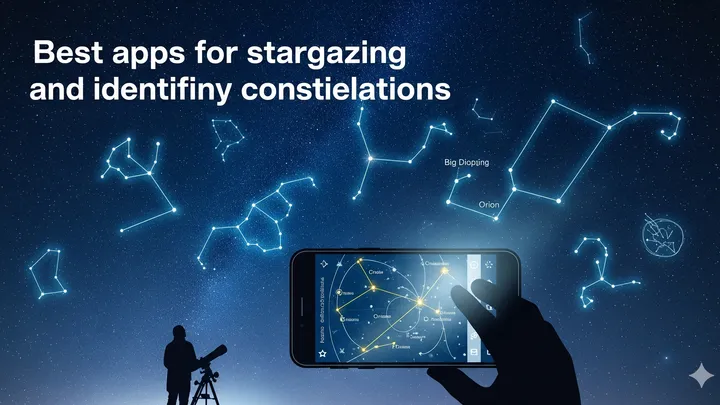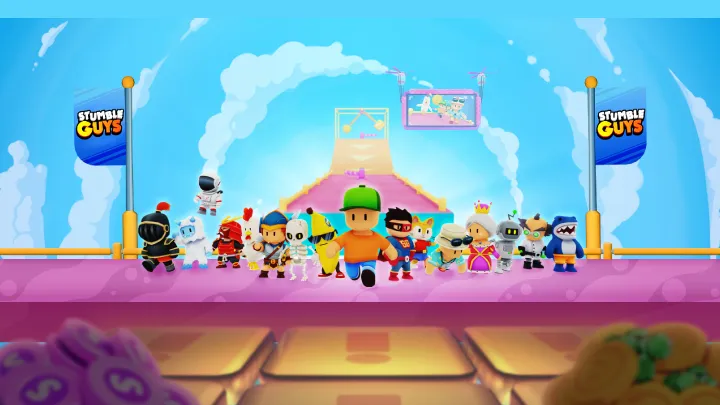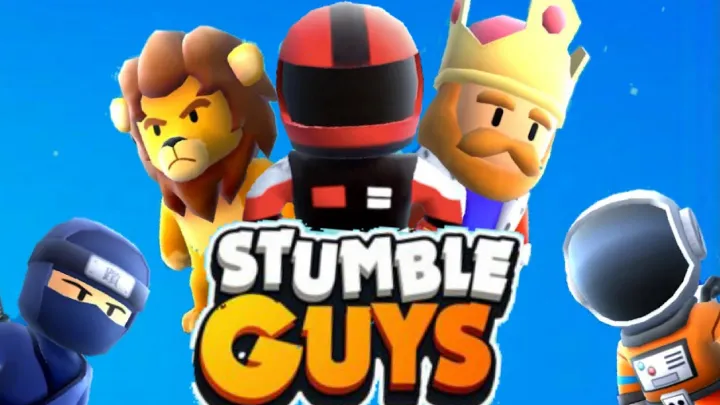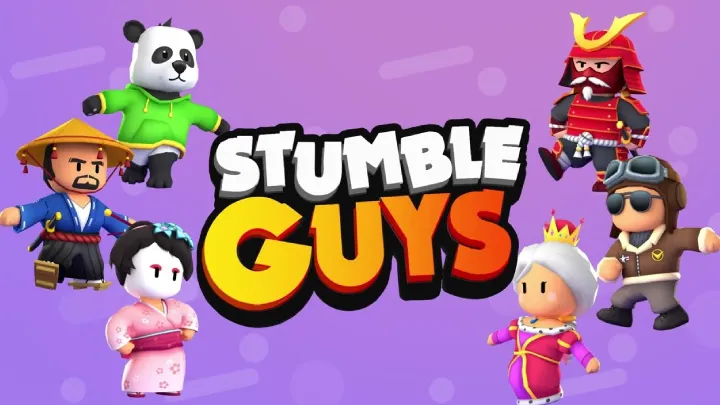Introduction
Marvel’s Spider-Man: Miles Morales is more than just a superhero action game; it’s a story about identity, belonging, and responsibility. Where Peter Parker’s Spider-Man embodies the classic “everyman” hero, Miles Morales takes on the mantle while also confronting cultural heritage, community expectations, and the challenge of defining himself in someone else’s shadow. This article deeply explores the issue of representation and identity in Miles Morales’ journey—how the game not only delivers thrilling combat and cinematic storytelling but also addresses the personal struggles of a hero finding his own voice.
Stepping Into Peter Parker’s Shadow
The game begins with Miles still learning to balance his powers and responsibilities. Unlike Peter, Miles inherits the Spider-Man mantle under unusual circumstances. Peter is alive but entrusts Miles with greater responsibility while away. This creates an immediate tension: is Miles just a “second Spider-Man,” or can he truly be his own hero?
The shadow of Peter looms large in every early mission. Players often hear comparisons between the two—Peter’s experience versus Miles’ inexperience. For the player, this manifests mechanically as learning a similar but not identical combat system, reinforcing the theme of Miles building upon Peter’s foundation while seeking individuality.
Defining Identity Through Power
One of the most striking features of Miles Morales’ character is his unique powers—Venom blasts and invisibility. These powers are not just gameplay mechanics; they symbolize his individuality.

Venom Powers as Metaphor
- Venom Blast: A surge of energy that represents Miles’ raw, untamed potential.
- Venom Dash & Jump: Movement that embodies his adaptive, fluid nature.
- Camouflage: His ability to “disappear” mirrors the struggle of being unseen or underestimated.
Through these powers, the game constantly reminds players that Miles is not just a copy of Peter. He has his own style, abilities, and approach to being Spider-Man.
Community as a Source of Strength
Unlike Peter, whose stories often isolate him, Miles’ narrative is rooted in community. Harlem is more than just a backdrop—it’s a character in itself. The neighborhood embraces Miles, and the game immerses players in its culture through music, festivals, and the people Miles interacts with daily.
Miles’ identity as a Black and Puerto Rican teen is not sidelined but celebrated. His bilingual exchanges with his mother and the cultural touches throughout Harlem make him feel authentic. This grounded representation shifts the narrative: Miles is not only saving New York, but also protecting his New York.
The Burden of Responsibility at a Young Age
Miles is younger than Peter when he took on the mantle, and this youth plays a critical role in the story. At times, his inexperience shows in mistakes that endanger others. His eagerness sometimes borders on recklessness, but it’s balanced by a heart driven to do good.
This exploration of youth creates a different emotional tone. While Peter’s struggles often revolve around balancing adult responsibilities (work, relationships, finances), Miles embodies the teenage struggle of finding one’s place in a world that constantly underestimates you. This makes his journey feel relatable to younger players while still resonating with older fans.
The Role of Family in Shaping Identity
Family plays a central role in Miles’ story, highlighting how personal ties influence his path as Spider-Man. His mother Rio Morales becomes a political leader, grounding Miles in his community and reminding him of the human stakes behind every heroic act.
Then there is the tragic element of family with his uncle, Aaron Davis, also known as the Prowler. Aaron represents a dangerous path—choosing self-interest and shortcuts instead of responsibility. Through their dynamic, Miles confronts the reality that family bonds can be both supportive and destructive. The Prowler storyline illustrates the moral complexity of being Spider-Man: loyalty to family versus loyalty to justice.
Technology, Power, and Identity
The main antagonist, Roxxon Corporation, is not just an external villain but a representation of systemic exploitation. Roxxon’s abuse of energy and disregard for Harlem’s well-being directly threatens Miles’ community. This conflict puts Miles at the intersection of heroism and activism.
Roxxon as Symbol
- Exploitation of Harlem mirrors real-world issues of marginalized communities facing corporate neglect.
- Their manipulation of technology represents unchecked power.
- The battle is not just physical—it’s cultural and social.
This focus deepens the issue of identity: Miles’ role as Spider-Man extends beyond punching villains; he becomes a defender of his community against systemic harm.
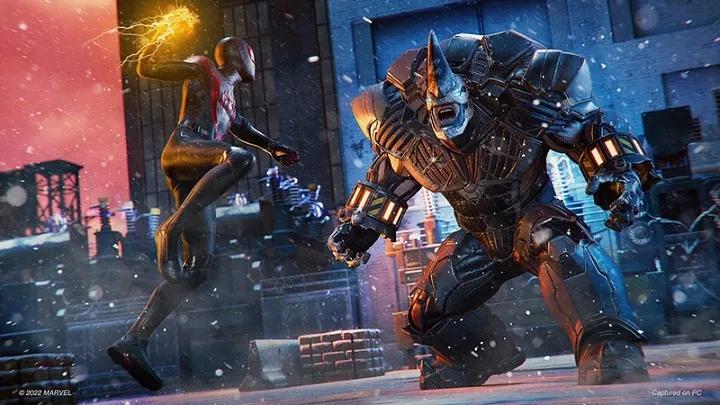
Friendship and Trust in Building Confidence
Throughout the story, friendships help Miles define himself. Characters like Ganke, his tech-savvy best friend, serve as both support and comic relief. Ganke helps Miles understand his strengths and often reminds him that being different is not a weakness.
The game also explores fragile trust. Phin, Miles’ childhood friend, becomes a central antagonist as the Tinkerer. Her grief and anger at Roxxon turn her against Miles, who hides his identity too long. The emotional fallout of their fractured friendship highlights another side of responsibility: the pain of not being fully honest with those you care about.
Representation Beyond the Cape
A crucial aspect of Miles Morales’ identity is that he represents underrepresented communities in superhero narratives. His bilingual dialogue, cultural traditions, and music rooted in hip-hop and Latin sounds give the game an authentic texture.
This representation matters. For players who rarely see themselves in lead superhero roles, Miles is more than just a character; he is a reflection of themselves. For others, he provides exposure to experiences they may not share but can come to appreciate. In either case, representation deepens immersion and broadens the superhero mythos.
How Gameplay Mirrors Identity
The design of Miles’ combat and traversal is not random—it mirrors his personal journey. His movements are less polished than Peter’s, filled with youthful flair. His combat emphasizes improvisation, creativity, and electricity-based powers that reflect raw energy and growth.
Examples of Identity in Gameplay
- Combat Animations: Miles adds flips and spins that feel less rehearsed than Peter’s.
- Traversal Style: His swinging posture leans into youthful looseness.
- Music Integration: Beats of hip-hop mix into traversal themes, grounding gameplay in culture.
The game makes players feel Miles’ identity through every action.
Carving a Legacy as Spider-Man
By the game’s conclusion, Miles proves that he is not just “another Spider-Man.” He is the Spider-Man for Harlem, for his family, and for those who see themselves in him. When the people of Harlem defend his identity in the final act, declaring him their Spider-Man, it is not just a victory against Roxxon but a validation of identity.
This moment reflects the culmination of Miles’ journey: stepping out of Peter’s shadow, embracing his heritage, and redefining what it means to wear the mask.
Conclusion
Marvel’s Spider-Man: Miles Morales is not simply a superhero story—it is a narrative about identity, representation, and responsibility. By exploring community ties, family dynamics, cultural authenticity, and youthful determination, the game provides a fresh take on the Spider-Man legacy. The specific issue of identity—balancing humor, heritage, and heroism—makes Miles Morales stand out as more than just Peter’s successor. He is proof that Spider-Man is not a single story, but a legacy open to all who carry its ideals.












